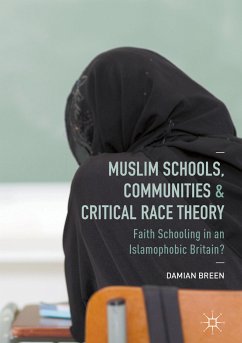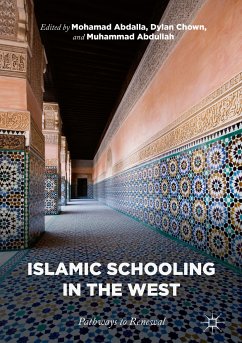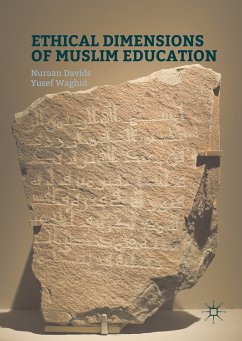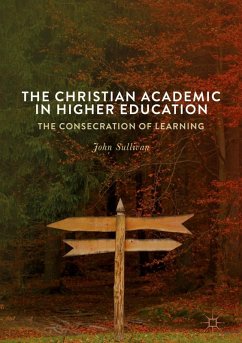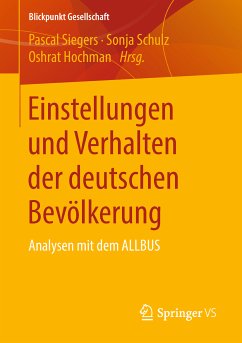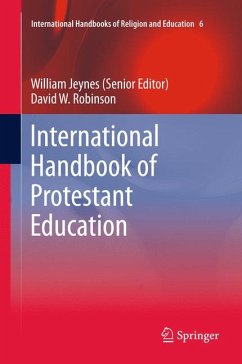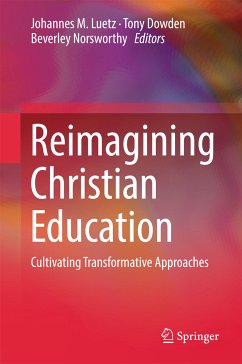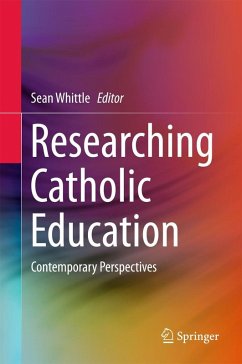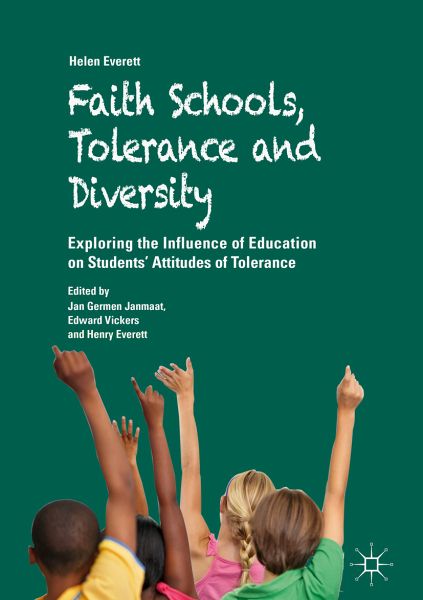
Faith Schools, Tolerance and Diversity (eBook, PDF)
Exploring the Influence of Education on Students' Attitudes of Tolerance
Redaktion: Janmaat, Jan Germen; Everett, Henry; Vickers, Edward
Versandkostenfrei!
Sofort per Download lieferbar
72,95 €
inkl. MwSt.
Weitere Ausgaben:

PAYBACK Punkte
36 °P sammeln!
This book examines the effects of faith schools on social cohesion and inter-ethnic relations. Faith schools constitute approximately one third of all state-maintained schools and two fifths of the independent schools in England. Nevertheless, they have historically been, and remain, controversial. In the current social climate, questions have been raised about the ability of faith schools to promote Community Cohesion and, included within that, their ability to promote tolerance. This book explores one aspect of the debate by examining the effect that faith schools have on their students' att...
This book examines the effects of faith schools on social cohesion and inter-ethnic relations. Faith schools constitute approximately one third of all state-maintained schools and two fifths of the independent schools in England. Nevertheless, they have historically been, and remain, controversial. In the current social climate, questions have been raised about the ability of faith schools to promote Community Cohesion and, included within that, their ability to promote tolerance. This book explores one aspect of the debate by examining the effect that faith schools have on their students' attitudes of tolerance. As well as asking what differences exist between students in faith and non-faith schools, it also looks at which aspects of the schools might be affecting the students and their attitudes towards different minorities. The book is a must-read for students and researchers in the fields of education and religious studies, as well as anyone with an interest in the place of faith schools in a modern multicultural society.
Dieser Download kann aus rechtlichen Gründen nur mit Rechnungsadresse in A, B, BG, CY, CZ, D, DK, EW, E, FIN, F, GR, HR, H, IRL, I, LT, L, LR, M, NL, PL, P, R, S, SLO, SK ausgeliefert werden.



